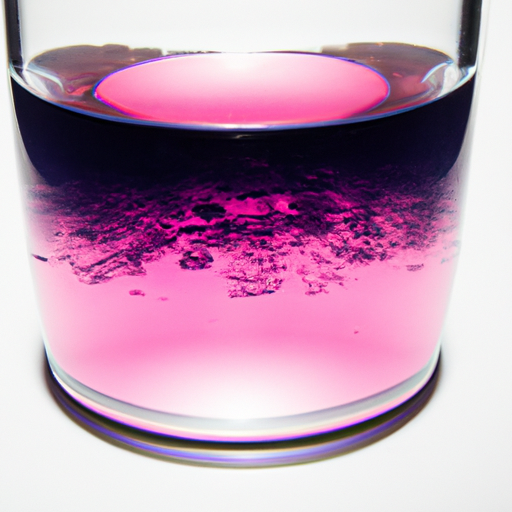Exploring the Characteristics of Solutions: Understanding the Properties
Solutions are an integral part of our daily lives, whether we realize it or not. From the beverages we drink to the products we use, solutions play a crucial role in various industries. But have you ever wondered what makes a solution unique? In this article, we will delve into the properties of solutions and explore their characteristics.
1. Homogeneity
One of the key properties of a solution is its homogeneity. A solution is a homogeneous mixture where the solute (the substance being dissolved) is uniformly distributed throughout the solvent (the substance doing the dissolving). This means that no matter where you sample the solution, you will find the same composition. For example, when you add sugar to water and stir it, the sugar molecules disperse evenly, resulting in a homogeneous solution.
2. Transparency
Transparency is another important property of solutions. Most solutions are transparent, meaning they allow light to pass through without scattering. This property is due to the small size of the solute particles, which are usually molecules or ions. When these particles are evenly distributed in the solvent, they do not interfere with the passage of light, resulting in a clear solution. Think of a glass of water or a bottle of vinegar – both are transparent solutions.
3. Solubility
Solubility refers to the ability of a substance to dissolve in a particular solvent. Different substances have different solubilities, depending on their chemical properties. Some substances, like salt or sugar, have high solubilities in water, while others, like oil, have low solubilities. Solubility is influenced by factors such as temperature, pressure, and the nature of the solute and solvent. Understanding the solubility of substances is crucial in various fields, including chemistry, pharmacy, and environmental science.
4. Conductivity
Conductivity is a property that measures the ability of a solution to conduct electricity. Solutions that contain ions, such as saltwater or acid solutions, are good conductors of electricity. This is because the ions in the solution can move freely and carry electric charge. On the other hand, solutions that do not contain ions, such as sugar solutions, are poor conductors of electricity. Conductivity is an essential property in fields like electrochemistry and materials science.
5. Boiling and Freezing Points
The presence of solute particles in a solution affects its boiling and freezing points. Adding a solute to a solvent raises the boiling point and lowers the freezing point of the solution compared to the pure solvent. This phenomenon is known as boiling point elevation and freezing point depression, respectively. For example, adding salt to water increases its boiling point, which is why it takes longer for saltwater to boil compared to pure water. Understanding these changes in boiling and freezing points is crucial in various applications, such as cooking, chemical reactions, and antifreeze solutions.
In conclusion, solutions possess several unique properties that distinguish them from other types of mixtures. Their homogeneity, transparency, solubility, conductivity, and effects on boiling and freezing points make them essential in many scientific, industrial, and everyday applications. By understanding these properties, we can better appreciate the role of solutions in our lives and the world around us.




